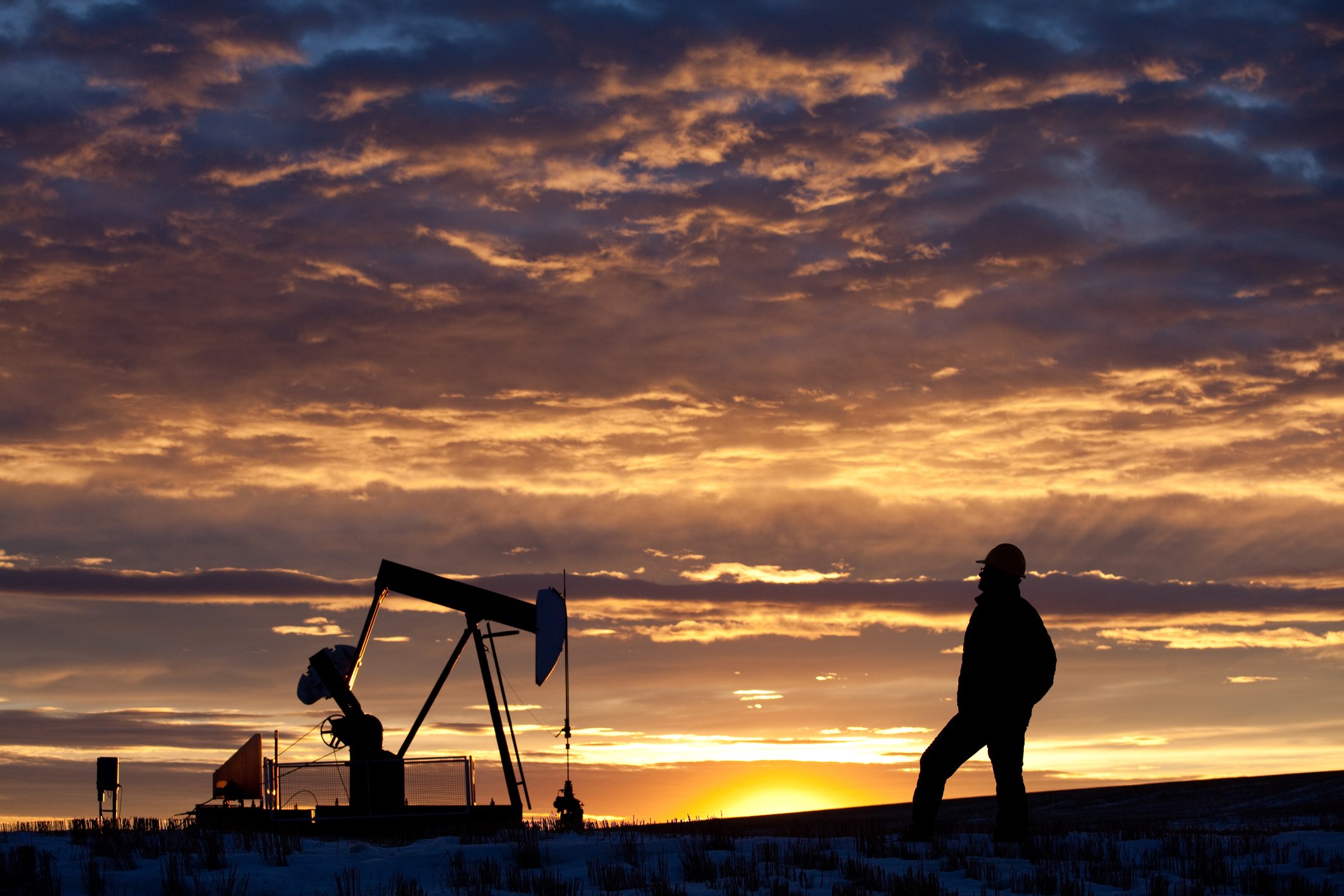Diamondback Energy (FANG 0.20%) stock has run out of gas this year. Shares of the oil producer are down about 14%, vastly trailing the S&P 500 index, which has gained over 15%.
Here's a look at what's driving the oil stock's downdraft.

Image source: Getty Images.
Adjusting to the crude reality
Despite what its sinking stock price might suggest, Diamondback Energy is having a good year. The company's oil production rose by 8% in the first half of the year compared to the same period in 2024. That helped fuel an 11% increase in its free cash flow per share, allowing it to boost its dividend payment by 11%.
Diamondback Energy has also continued to make strides to strengthen its balance sheet following last year's acquisition of Endeavor Energy Resources. It's retaining half of its free cash flow to repay debt and selling non-core assets. Over the past few months, it has agreed to sell its 10% interest in the BANGL pipeline, non-operated land in the Delaware Basin, its 27.5% interest in Epic Crude Holdings, and its interest in Environmental Disposal Systems.

NASDAQ: FANG
Key Data Points
However, while the company is performing well, conditions in the oil market have deteriorated. WTI, the primary U.S. oil benchmark price, has fallen about 15% this year to the low $60s. That's due in part to rising global supplies, fueled in part by output hikes from OPEC members. Those production increases have put enough downward pressure on crude prices that the group agreed to pause further hikes for the first quarter of 2026.
Diamondback has responded to this environment by reducing its capital spending to keep its oil production flat. That will enable it to generate more free cash in the current environment to repay debt and repurchase shares as the price declines.
The company is in a strong position to weather lower oil prices due to its low break-even level. Diamondback's growing scale has helped lower the break-even level needed to generate enough cash to maintain its production rate and pay its dividend from $40 a barrel at the end of 2023 to $37. At $60 a barrel, it can generate over $5.5 billion in free cash flow, providing ample funds to cover dividend payments while also repurchasing shares and repaying debt.
Dealing with lower oil prices
Diamondback Energy's shares have dropped as OPEC production increases have pressured crude prices. In response, the company is cutting capital spending to maintain its current output level, allowing it to produce more free cash flow in the current environment. Meanwhile, its low-cost operations and financial discipline put it in a strong position to capitalize on a future oil market rebound.





